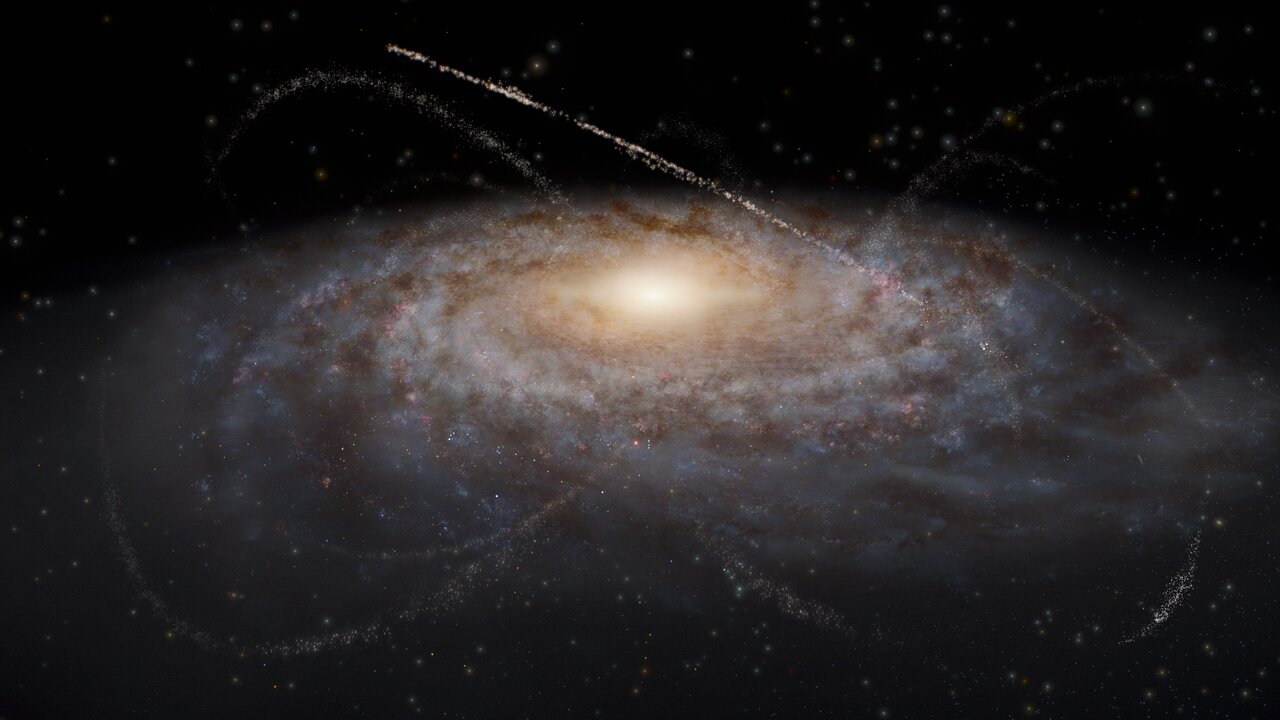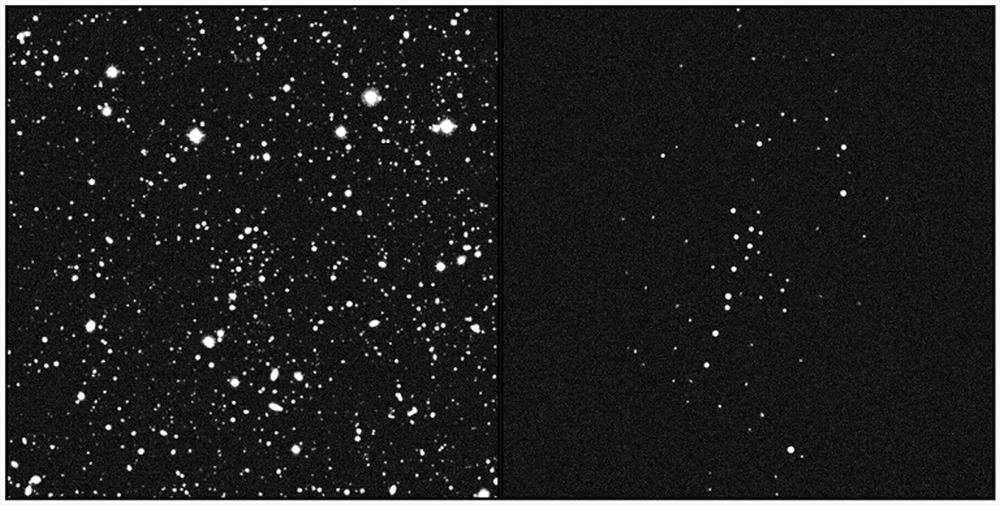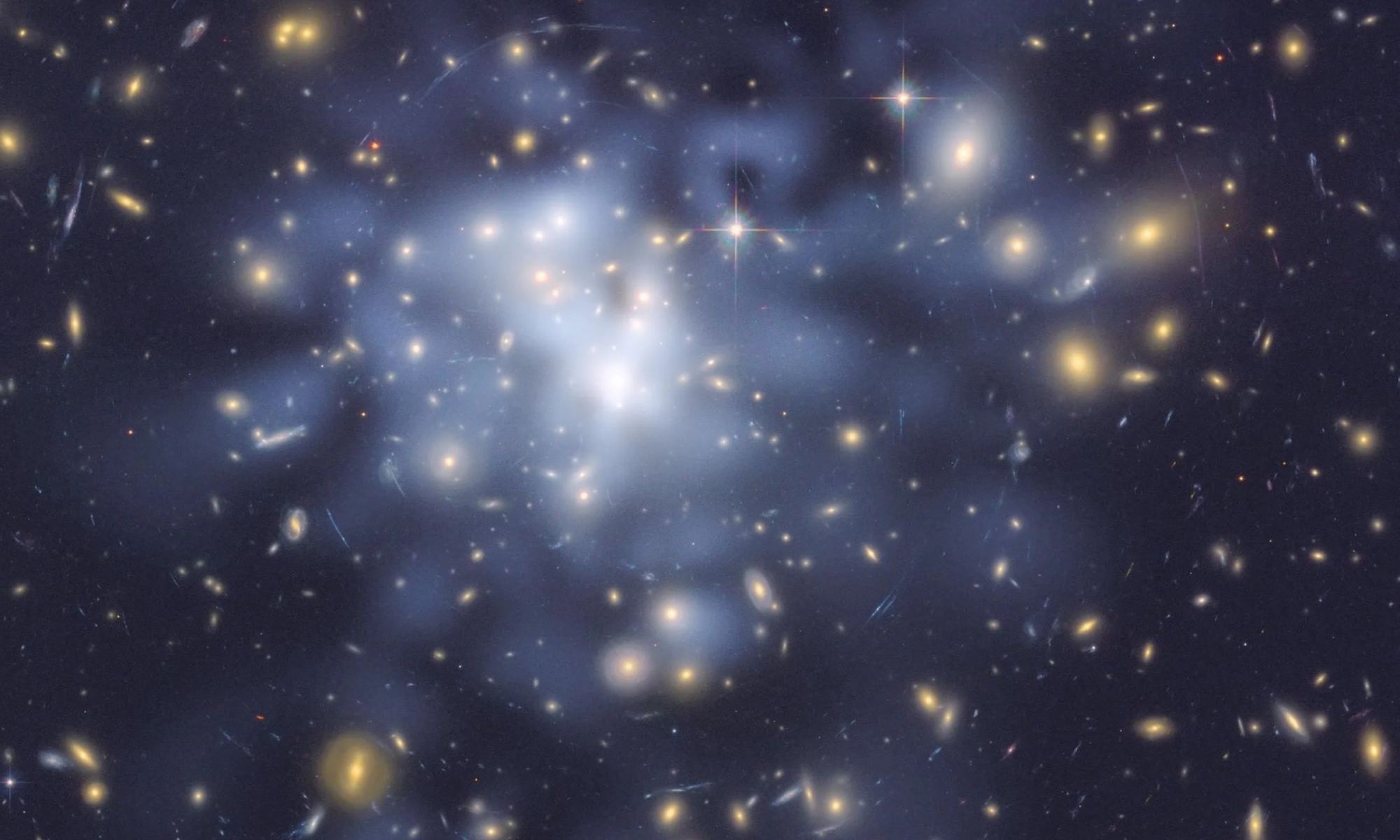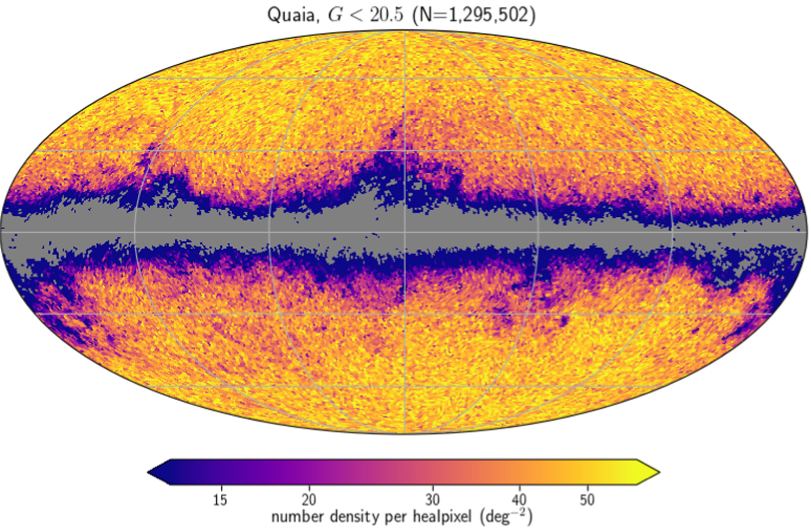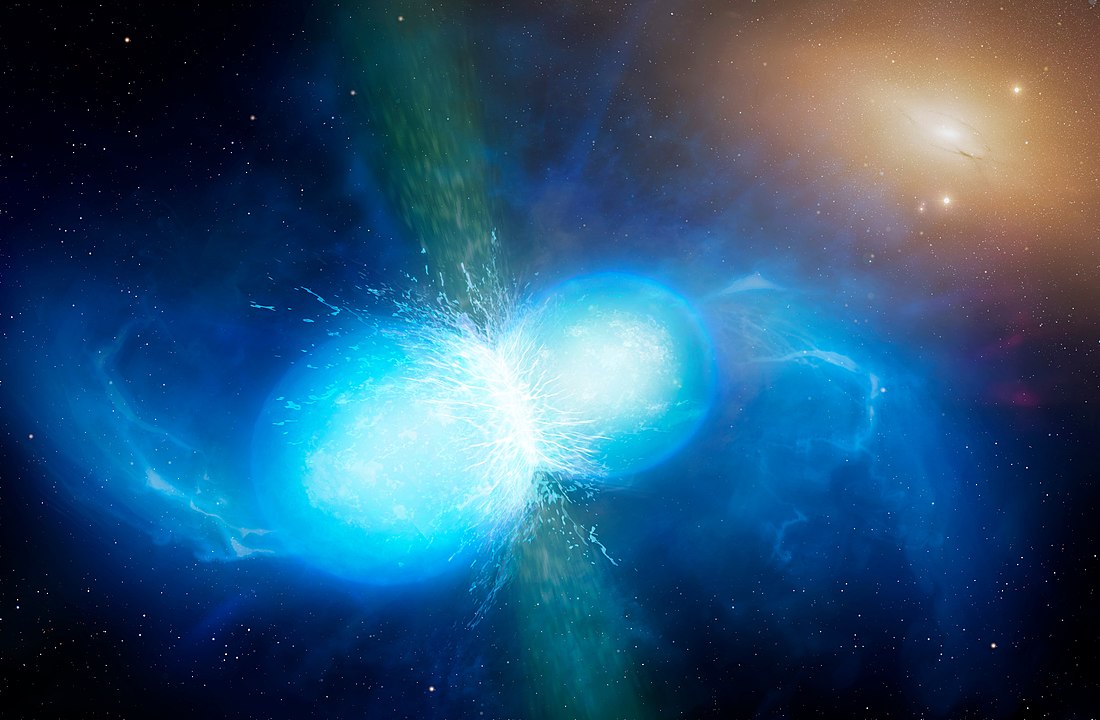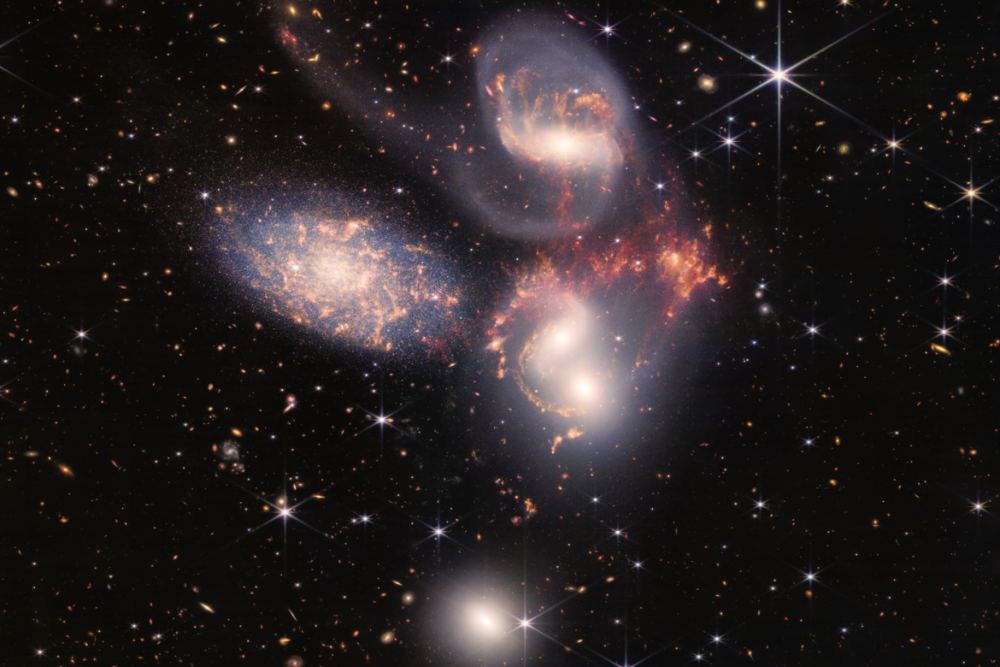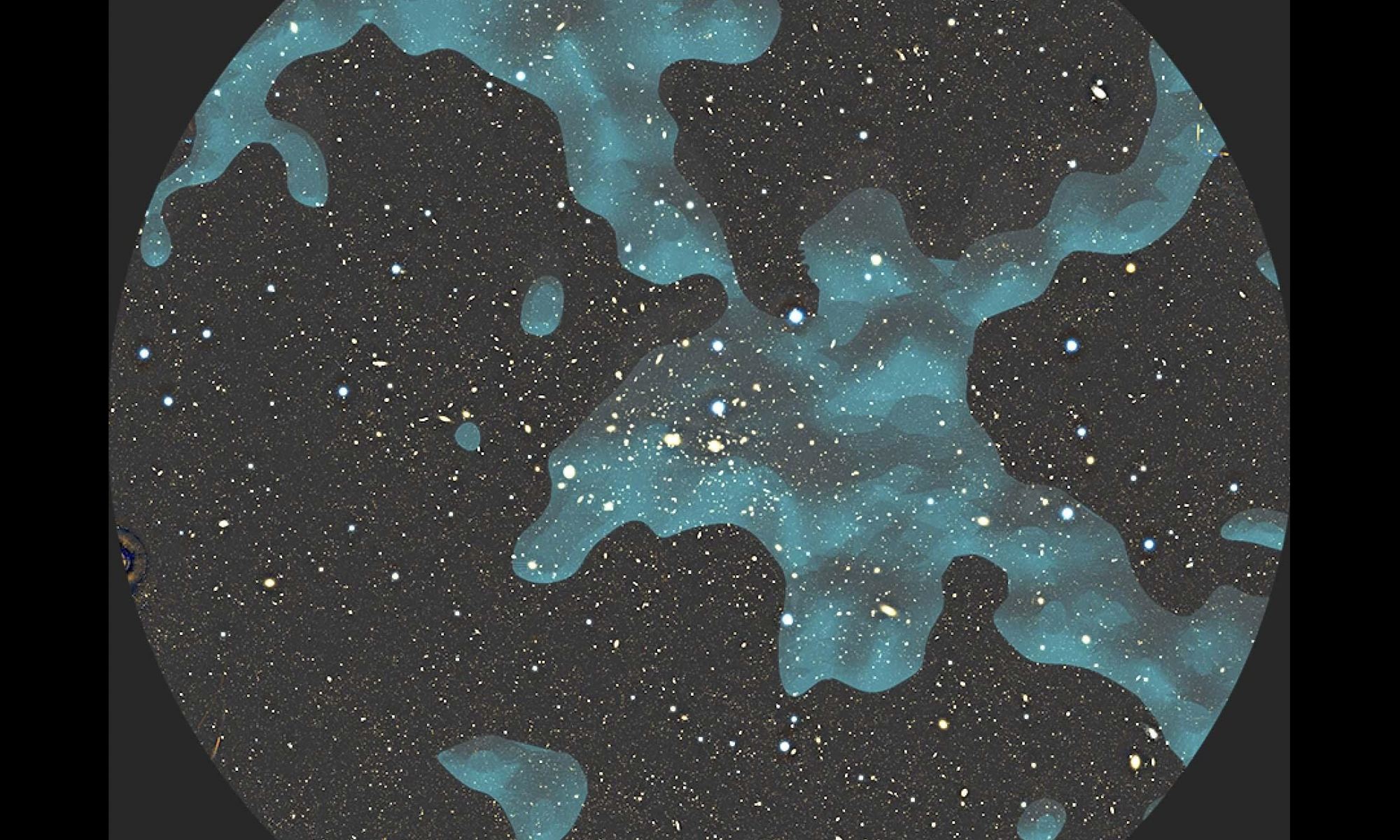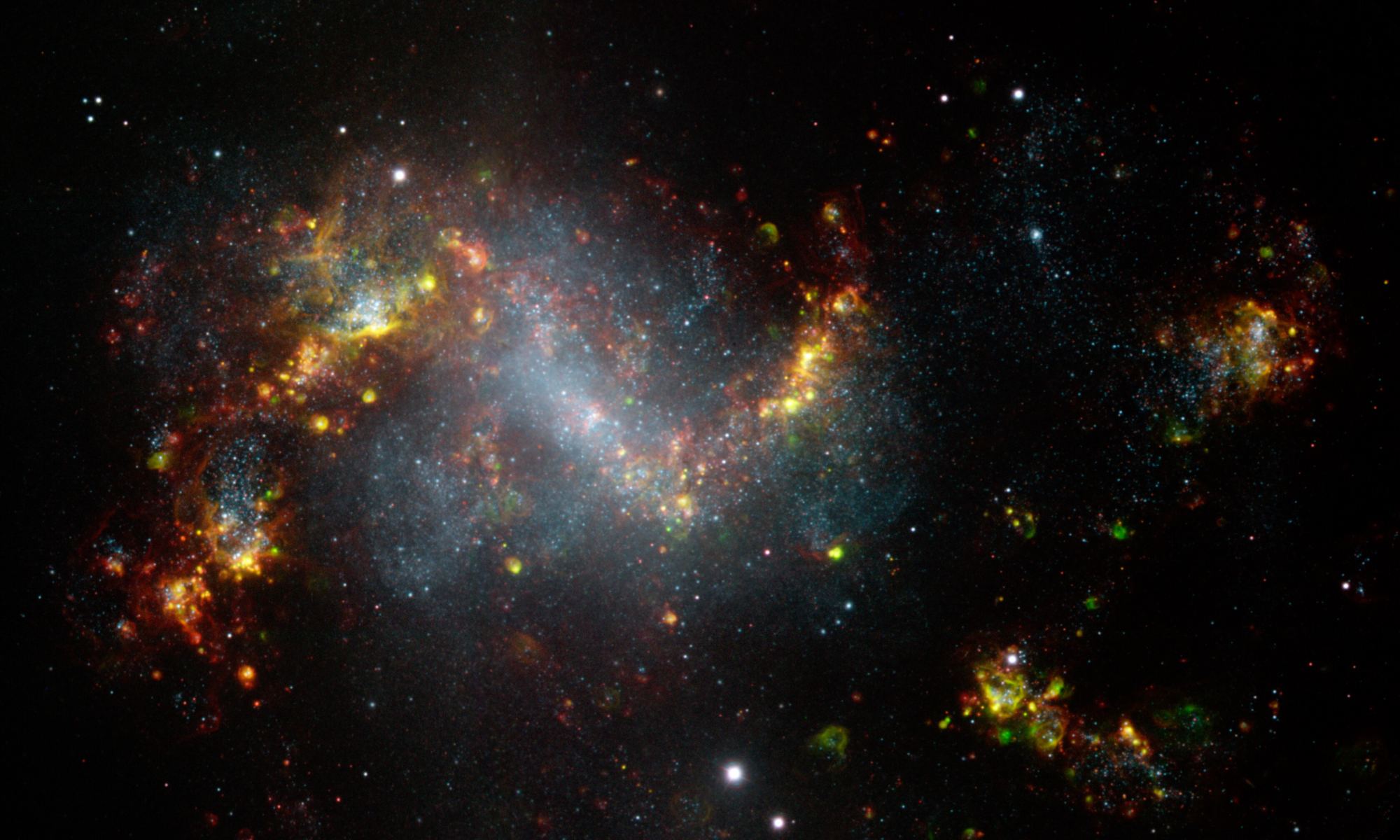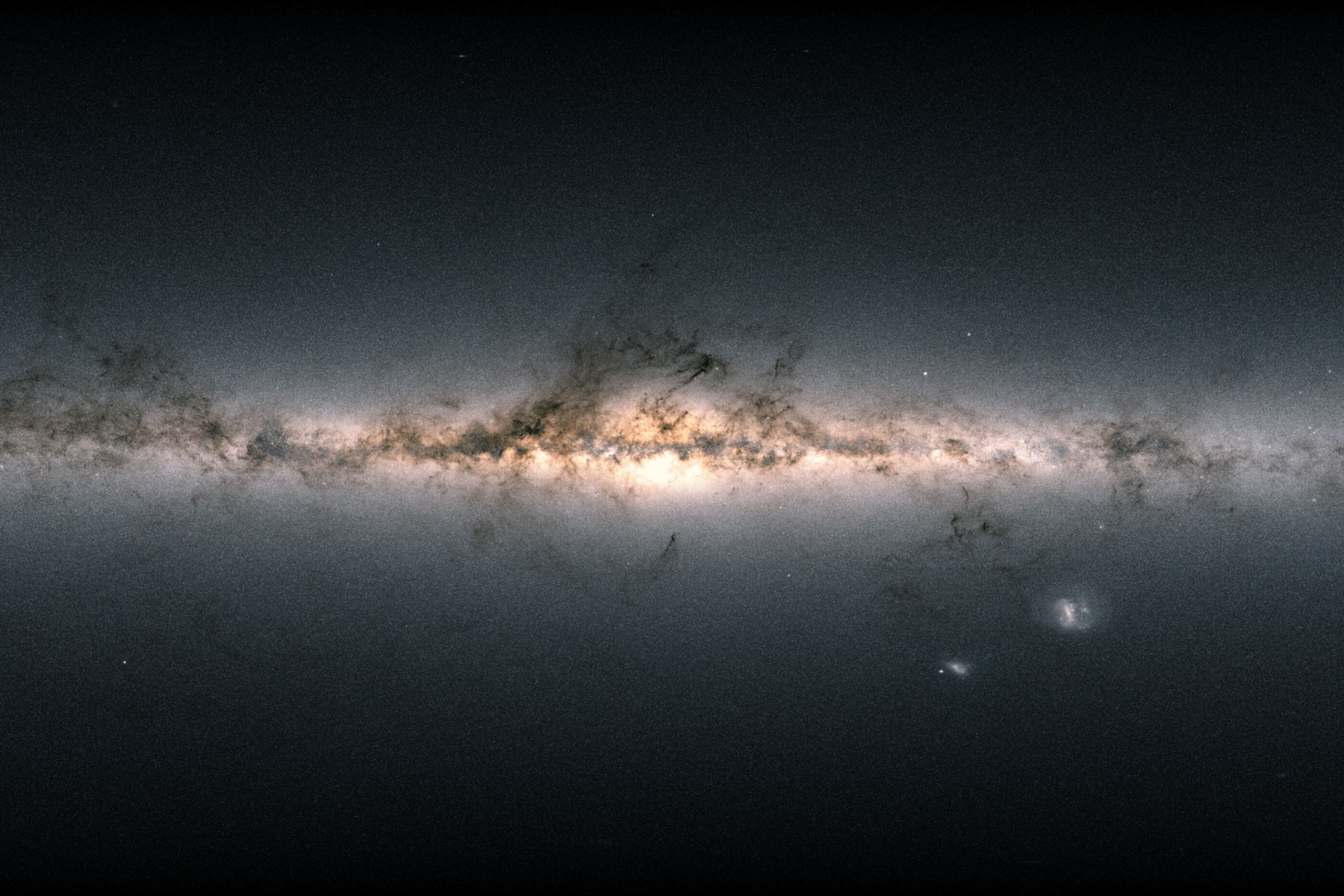The Milky Way is ancient and massive, a collection of hundreds of billions of stars, some dating back to the Universe’s early days. During its long life, it’s grown to these epic proportions through mergers with other, smaller galaxies. These mergers punctuate our galaxy’s history, and its story is written in the streams of stars left behind as evidence after a merger.
And it’s still happening today.
Continue reading “The Milky Way’s History is Written in Streams of Stars”
